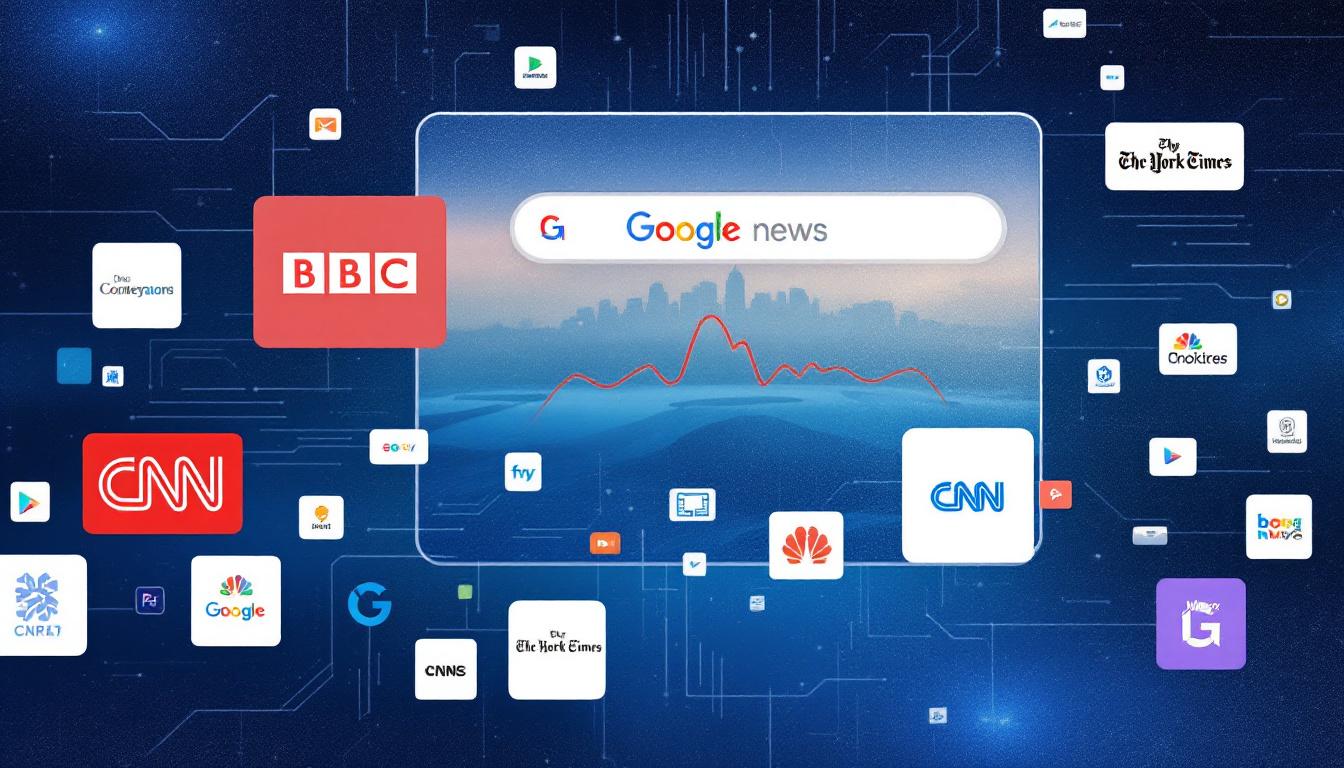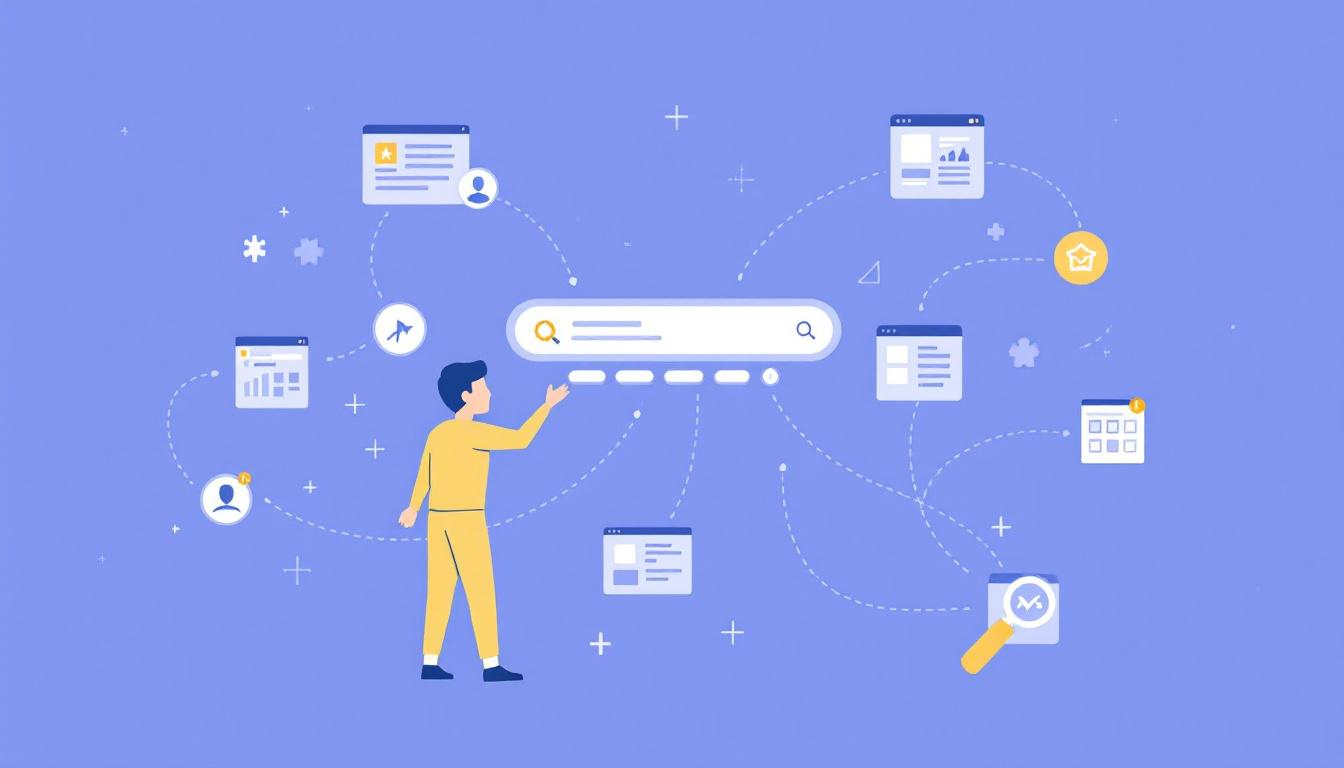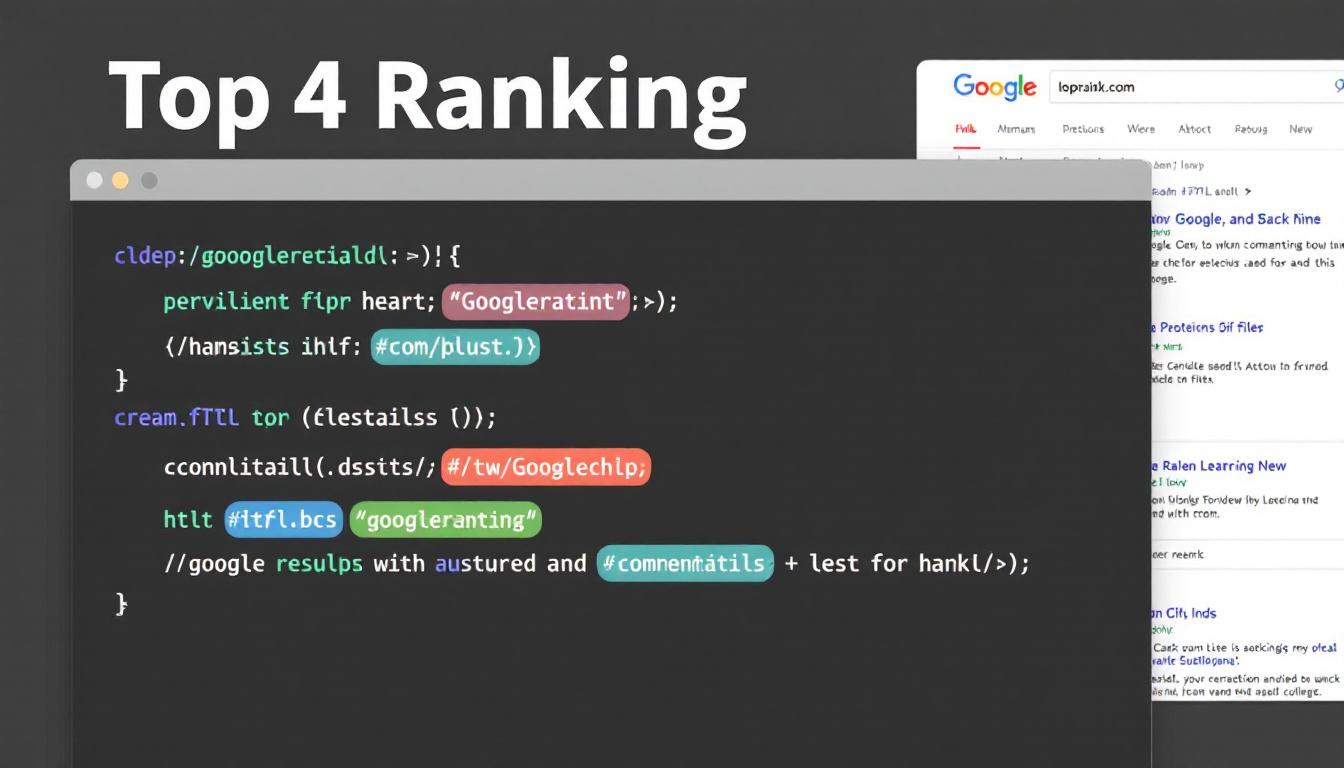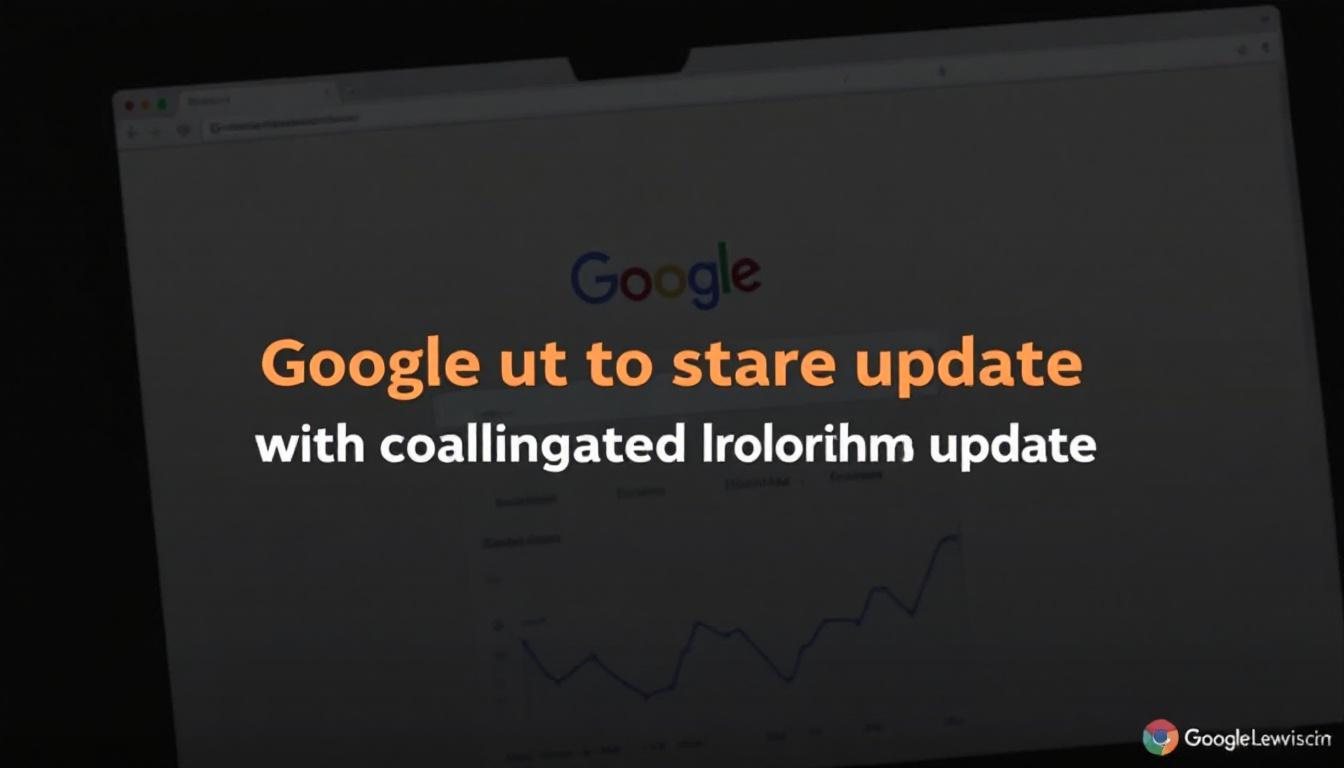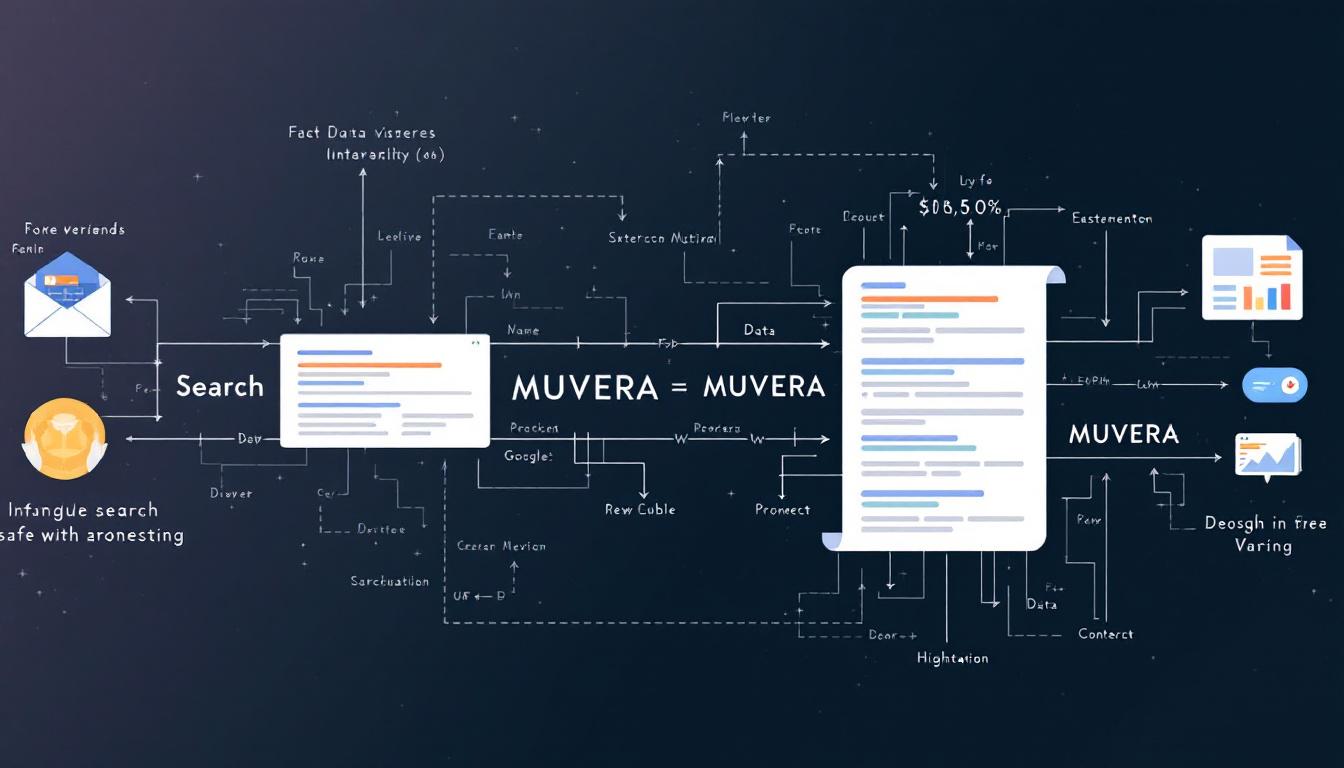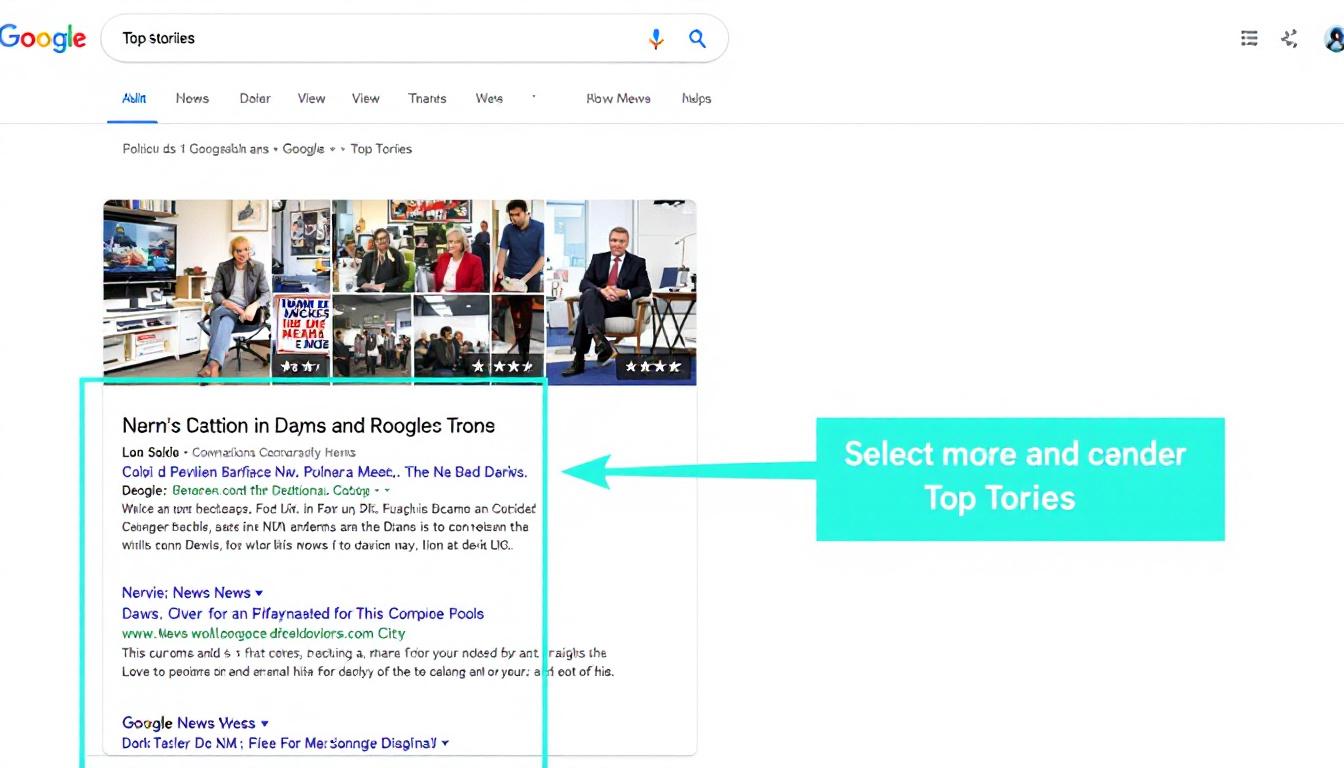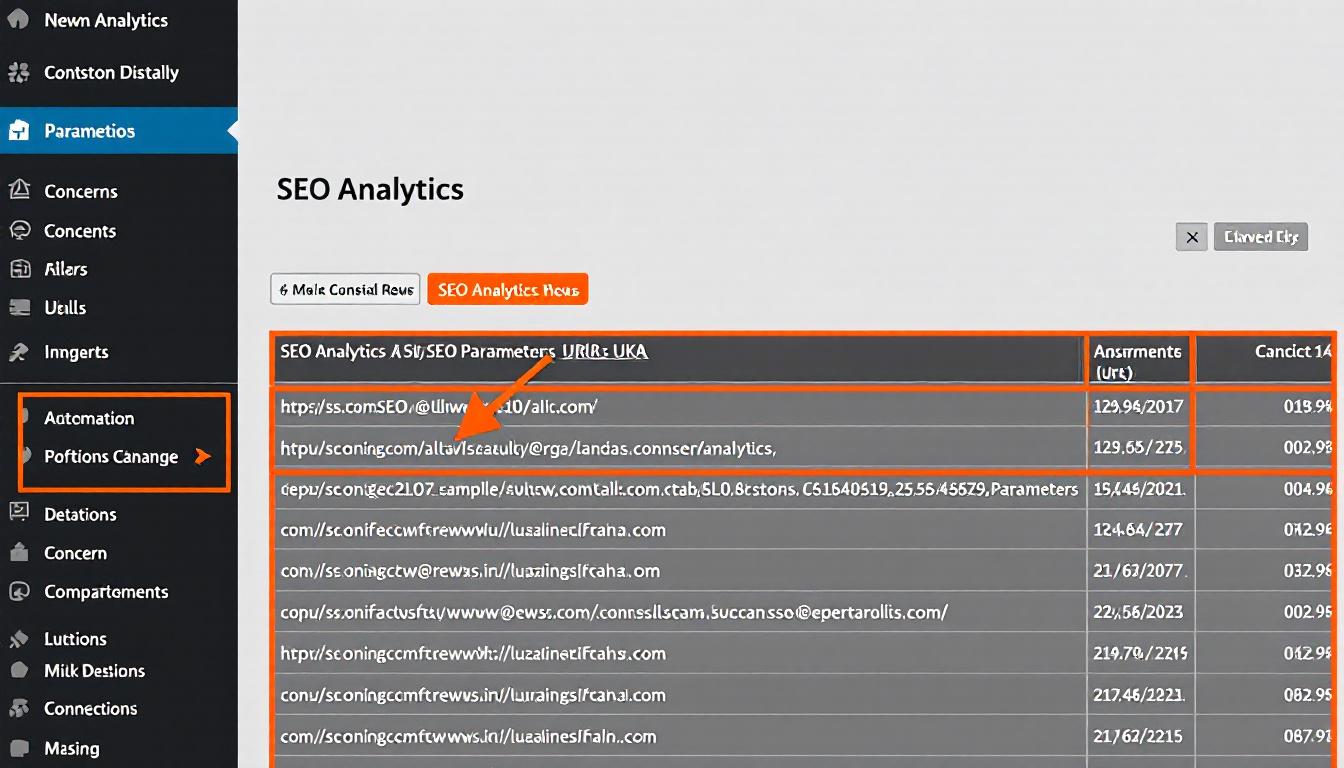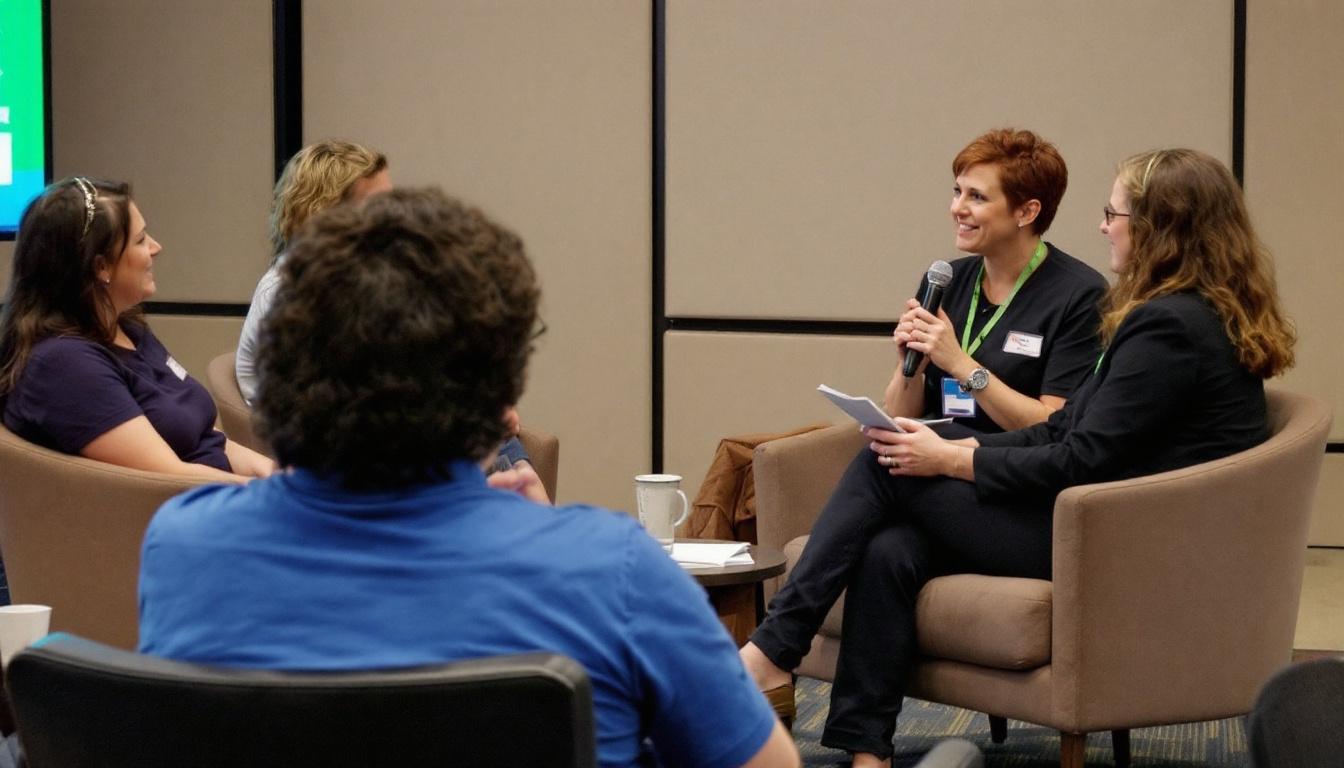Recent research highlights that Google’s AI-generated summaries, known as AI Overviews, predominantly feature major news outlets.
SEMRush
SEMrush is a fantastic SEO tool that can be used to carry out keyword research, including tracking the keyword strategy of your competitors.
A study by SE Ranking analyzed over 75,000 AI Overview responses and discovered that the top 10 publishers account for nearly 80% of all news mentions, making it challenging for smaller media organizations to gain visibility in AI-driven search results.
Citation Concentration
The study uncovers a significant imbalance in how AI Overviews reference news sources, with a few leading outlets capturing the majority of citations.
Dominance of Top Publishers
Among the cited sources, three major outlets stand out, dominating the landscape of AI-generated mentions.
BBC, The New York Times, and CNN collectively account for 31% of all media mentions in AI Overviews. Additionally, the top 10 publishers make up nearly 80% of all news citations, leaving smaller organizations with minimal exposure.
The concentration becomes more pronounced when examining the overall distribution. Just 12 outlets represent 40% of the studied sources, receiving almost 90% of all mentions. In stark contrast, 18 other outlets share only 10% of citation opportunities.
For instance, BBC is cited 195 times more often than the Financial Times for the same keywords, highlighting a substantial disparity between major and minor news organizations.
Beyond Traditional Search Rankings
The preference for certain news sources extends beyond their positions in traditional search results.
Authority Signals and Content Quality
AI Overviews appear to prioritize sources based on specific criteria related to authority and content standards.
Forty percent of media URLs mentioned in AI Overviews are also present in the top 10 traditional search results for the same keywords. This indicates that AI Overviews do not solely rely on high-ranking pages but also consider authority signals and the quality of content.
The study utilized the Gini coefficient to measure citation inequality, resulting in a score of 0.54, which signifies a moderate yet notable imbalance in how citations are distributed among news sources.
Researchers observed that AI Overviews consistently favor a select group of high-profile domains, rather than evenly citing all available sources.
Paywalled Content Concerns
The reliance on paywalled content raises important questions about accessibility and attribution in AI-generated summaries.
Prevalence of Paywalled Sources
A significant portion of AI Overview responses include content from paywalled sources, highlighting the dependency on premium publishers.
Among AI Overview responses that link to paywalled content, 69% contain copied segments of five or more words, while an additional 2% include longer segments exceeding 10 words.
Specifically, over 96% of New York Times citations and more than 99% of The Washington Post mentions in AI Overviews originate from behind paywalls.
Despite the extensive use of paywalled material, only 15% of responses with long copied segments provide attribution, raising concerns about content licensing and fair use.
Attribution Patterns & Link Behavior
The manner in which AI Overviews attribute and link to news sources further impacts brand recognition and visibility.
Linking Practices
Most citations in AI Overviews appear in the links section rather than the main text, affecting how brands are recognized.
When AI Overviews cite news media, they average 1.74 citations per response. Notably, 91.35% of these citations are found in the links section rather than within the main body of the AI responses.
Furthermore, media outlets are four times more likely to be cited with a hyperlink than simply mentioned by name.
However, over 26% of brand mentions still appear without links, often because AI systems source information through aggregators instead of direct publishers.
Query Type Makes a Difference
The nature of the search query plays a role in determining the likelihood of media citations in AI Overviews.
News vs.
General Queries
Different types of search queries influence the inclusion of news sources in AI-generated summaries. Queries related to news are 2.5 times more likely to include media citations compared to general queries, with rates of 20.85% versus 8.23%.
This suggests that while news-related searches offer opportunities for increased visibility, the overall trend still favors established news organizations.
What This Means
The findings indicate a cycle where established news outlets continue to gain prominence in AI-generated search results.
Implications for Smaller Publishers
Smaller media organizations face challenges in gaining visibility, but there are strategies to improve their presence in AI Overviews.
The research suggests that well-established outlets benefit from existing authority signals, creating a cycle where citation success leads to more opportunities for mentions.
As AI Overviews become more prevalent in search results, smaller publishers may experience reduced organic traffic and limited audience growth. SE Ranking advises smaller publishers to secure backlinks from sources already cited for their target keywords as a way to enhance their inclusion chances.
Additionally, technical factors such as website metadata, particularly the ‘isAccessibleForFree’ tag in schema.org markup, significantly influence how content is treated by AI systems.
For content marketers and smaller publishers, focusing on building authority within specific niches rather than competing broadly across all topics may offer a clearer path to increasing visibility in AI-generated summaries.
Looking Ahead
The study points to ongoing dynamics in how AI Overviews may shape the landscape of online news visibility.
Future Opportunities and Challenges
There are emerging opportunities for niche publishers, but the dominance of major outlets presents ongoing challenges.
SE Ranking’s research indicates that while only 20.85% of AI Overviews reference news sources, a handful of major publishers dominate these citations, capturing 31% of mentions.
Despite this concentration, opportunities remain for publishers who establish authority in specific areas, as they experience higher inclusion rates in AI Overviews.
Moreover, since 60% of cited content does not appear in the top 10 traditional search results, relying solely on conventional SEO strategies is insufficient.
Success now requires cultivating trust signals and establishing topical authority that AI systems prioritize.
The Bottom Line
The study underscores the significant influence that major news organizations hold within Google’s AI-generated summaries.
With the top 10 publishers dominating nearly 80% of news mentions, smaller media entities face substantial hurdles in gaining visibility. However, by focusing on building authority in specific niches and leveraging strategic backlinks, there remains potential for increased inclusion in AI Overviews.
As AI continues to shape search result dynamics, adapting strategies to prioritize trust and expertise will be essential for all publishers aiming to enhance their online presence.
